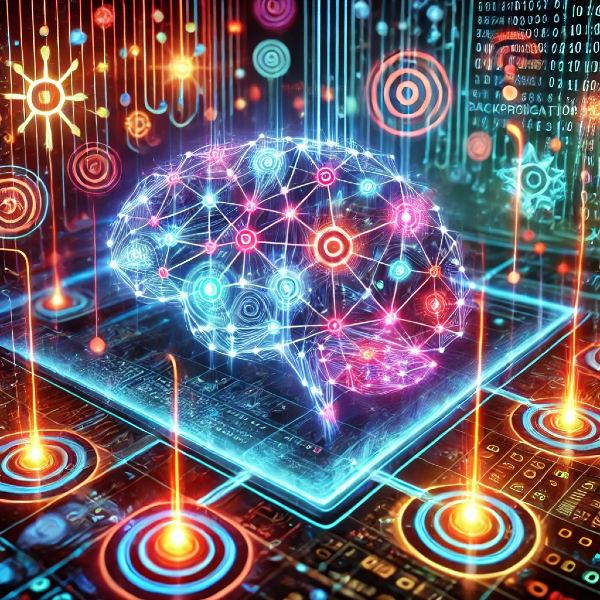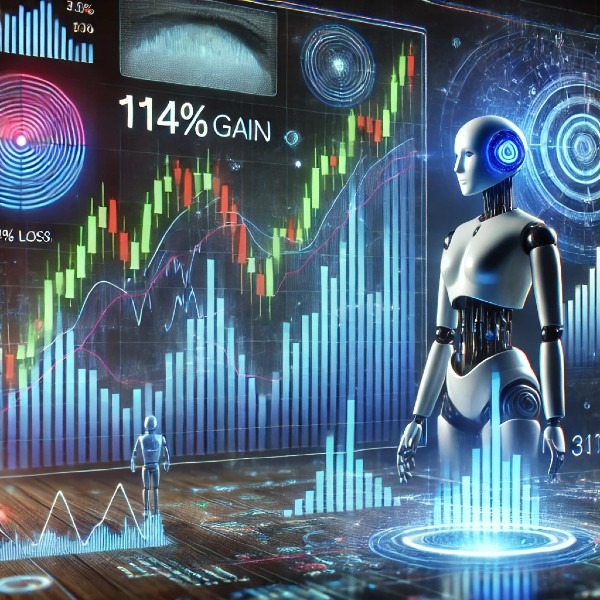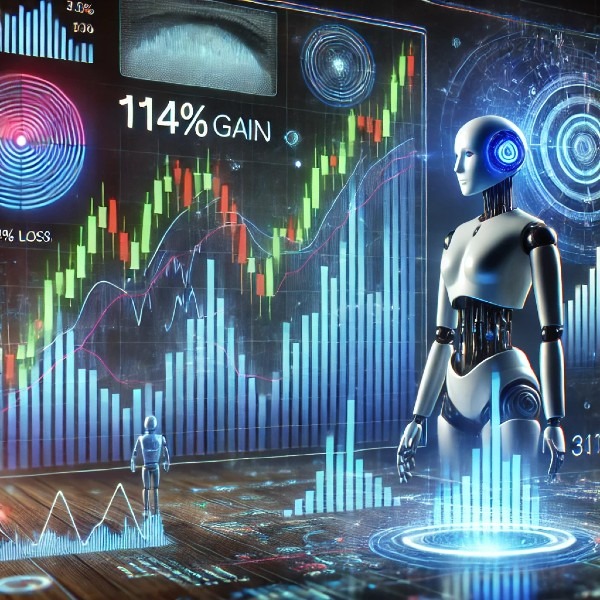“Black Box AI” might sound like something from a futuristic movie, but it’s actually a big part of our world today. In simple terms, Black Box AI is a type of artificial intelligence where we don’t fully understand how it makes decisions or solves problems. This blog post is designed to explain Black Box AI in a way that’s easy to understand, even for someone with an eighth-grade education.
In this exploration, we’ll dive into how Black Box AI is transforming marketing, its significance for developers and data scientists, its role in computer vision, and what it means for the future of work. By the end of this read, you’ll have a clearer understanding of what Black Box AI is, its applications, and why it’s becoming increasingly important.
Marketing and Black Box AI
Revolutionizing Advertising
In the world of marketing, Black Box AI is like a super-smart helper. It uses lots of data to predict what customers might like and buy. This helps companies create ads that are more likely to appeal to you, making sure they show you products or services you’re actually interested in.
Personalization vs. Privacy
However, there’s a catch. While Black Box AI can make ads more relevant, it also raises privacy concerns. It means companies have a lot of information about your likes and dislikes, which can feel a bit invasive. The challenge here is to use Black Box AI responsibly, respecting customers’ privacy while providing them with useful recommendations.
Developers and Data Scientists
Pioneers of AI Innovation
For developers and data scientists, Black Box AI is a fascinating and challenging field. They’re the ones who build and refine AI systems, making sure they work well and solve complex problems. Their role involves a lot of coding, analyzing data, and testing different models to get the best results.
Ethical and Technical Challenges
But it’s not all smooth sailing. These professionals also face ethical questions, like how to avoid biases in AI systems and make sure they’re fair. They need to balance the technical side of building AI with the responsibility of making sure it’s used in a good way.
Computer Vision and Black Box AI
Seeing the World Through AI
Computer vision is all about teaching computers to ‘see’ and understand the world around them. Black Box AI plays a big role in this. It helps computers recognize objects, understand scenes in videos, and even read emotions on people’s faces.
Balancing Advancement and Ethics
As computer vision advances, there are important ethical considerations. For instance, using AI for facial recognition raises questions about privacy and consent. It’s crucial to develop these technologies responsibly, ensuring they’re used in ways that benefit people without infringing on their rights.
Myths vs. Facts about Black Box AI
Debunking Common Misconceptions
There are lots of myths about Black Box AI. Some people think it’s always mysterious and dangerous. But actually, Black Box AI can be safe and incredibly useful when used correctly. The ‘black box’ part just means that sometimes we don’t fully understand how it makes its decisions.
The Reality of Black Box AI
Another myth is that Black Box AI is too complicated for anyone but experts to understand. While the details can be complex, the basic idea of AI analyzing data to make decisions is accessible. With the right explanations, anyone can get a grasp of how Black Box AI works.
FAQ
Common Questions Answered
What is Black Box AI? Black Box AI refers to AI systems where we don’t fully understand how the AI makes its decisions. It’s like a smart machine that solves problems, but doesn’t explain how.
Why is Black Box AI important? Black Box AI is important because it helps solve complex problems quickly. It’s used in healthcare, finance, and many other areas to make faster, more accurate decisions.
Can Black Box AI be trusted? Trusting Black Box AI depends on how it’s developed and used. It’s important that these AI systems are created responsibly and ethically.
How is Black Box AI used in everyday life? Black Box AI is used in many ways, like in the recommendations you get on streaming services or the smart responses in your phone’s virtual assistant.
What are the risks of Black Box AI? The risks include potential biases in decision-making and privacy concerns. It’s essential to address these challenges to ensure the responsible use of AI.
Google Snippets
Quick Insights
Black Box AI: AI systems where the decision-making process is not entirely clear, used across various industries for complex decision-making.
Future of Work: How advancements in technology like AI are changing the way we work and the skills we need for future jobs.
AI in Computer Vision: The use of AI to help computers interpret and understand visual data from the world around them.
Black Box AI Meaning
Explained from Different Perspectives
Technical View: Black Box AI involves AI systems where the inputs and outputs are clear, but the process in between is not fully transparent.
Simplified Explanation: Black Box AI is like a smart system that makes decisions or solves problems without showing exactly how it does it.
Ethical Consideration: From an ethical perspective, Black Box AI raises questions about how AI makes decisions and the importance of transparency and fairness.
Did You Know?
Interesting Facts about Black Box AI
AI in Weather Prediction: Black Box AI is used to predict weather patterns, analyzing vast amounts of data to make accurate forecasts.
AI in Creative Fields: Black Box AI is helping create art and music, pushing the boundaries of creativity.
Self-Learning Systems: Some Black Box AI can learn and improve on its own, adapting to new challenges and solving problems more efficiently.
Black Box AI is a fascinating and important part of modern technology. It’s transforming marketing, providing essential tools for developers and data scientists, advancing computer vision, and shaping the future of work. Understanding Black Box AI helps us appreciate its capabilities and the need for responsible use.
As Black Box AI continues to develop, it’s important for us to stay informed and understand its applications and implications. This technology has huge potential to improve our lives and work, but it’s essential to use it wisely and ethically. Black Box AI might be complex, but its impact on our world is incredibly significant.
References
- Explainable AI that uses counterfactual paths generated by conditional permutations of features. This method is used to measure feature importance by identifying sequential permutations of features that significantly alter the model’s output. The paper discusses the evaluation strategy of comparing the feature importance scores computed by explainers with the model-intern Gini impurity scores generated by the random forest, which is considered as ground truth in the study.
- Thinkful offers insights on how to address the “black box” problem in AI through Explainable AI (XAI) and transparency models. They discuss techniques like Feature Importance Analysis, Local Interpretable Model-agnostic Explanations (LIME), SHapley Additive exPlanations (SHAP), Model Distillation, and Decision Rules, which are designed to make AI models more interpretable and transparent. This is especially important in applications where decisions can have far-reaching consequences, such as healthcare or finance
- Superb AI‘s blog discusses the challenges of the reliability of AI and its adoption into society, given the opaque nature of black box models. The widespread use of AI technologies presents issues related to data bias, lack of transparency, and potential infringement on human rights. The article addresses how Explainable AI is crucial for building AI systems that are not only powerful but also trustworthy and accountable.








